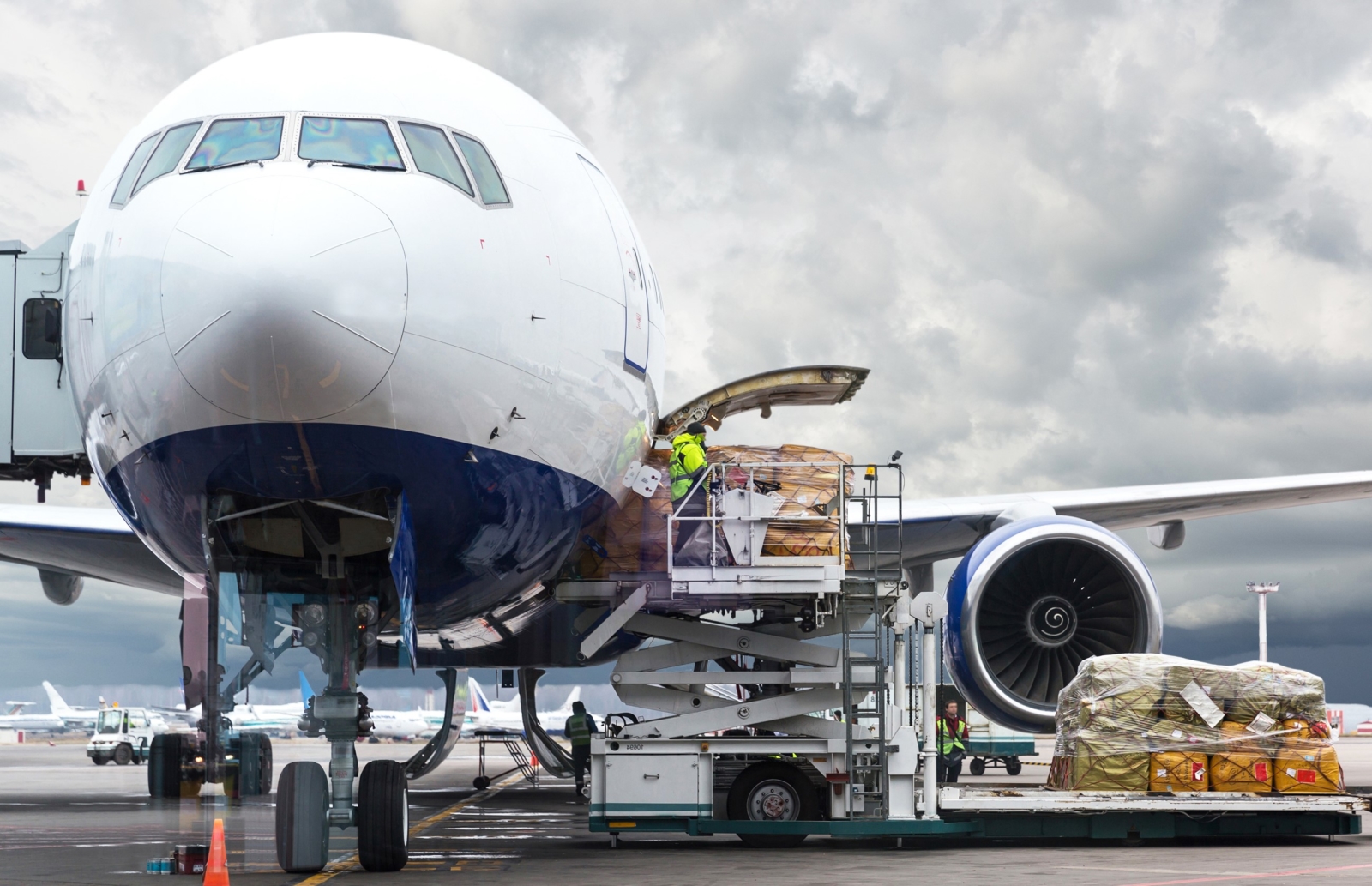Ground service providers are responding to the enormous bottleneck at Chicago O’Hare by permanently transferring some warehouse operations outside the property, thereby expanding capacity.
Adding supplemental facilities further away from the airport goes against the conventional business paradigm of processing loads close to the plane to allow for quick handoffs, but it has become increasingly essential to avoid freight congestion.
AIRPORT OPERATIONS
Chicago O’Hare International Airport is one of the largest cargo airfreight gateways in the United States, recognized for its central location and size, as well as its accessibility to manufacturing and access to vast ground transportation and logistical infrastructure.
Because of limited warehouse space, truck zones, and paper-based processing, however, cargo bottlenecks are prevalent at O’Hare during busy shipping periods and now have become a regular source of frustration for shippers since the start of the pandemic. The increase in shipping activity has overwhelmed facilities that had become accustomed to a more consistent shipping flow from planes delivering small, frequent loads.
SPIKE IN FREIGHT LEVELS
A year ago, cargo volumes increased by 15% to over 2 million metric tons, and the number of freighter flights increased by 25% to 30,400. Pure freighters and cargo-only passenger planes bringing crucial COVID provisions, as well as the rising orders of e-commerce and other commodities, swamped the airport.
In response, ground handlers claimed they did not have any extra space to house the amount of freight flowing into the airport in the absence of additional terminal construction.
NEW HANDLING STRATEGY
Two major cargo ground handling companies are opening large transfer facilities, off-airport, to allow for faster retrieval of imports. If forwarders are willing to pay for longer storage times, the size of these new warehouses will accommodate the additional loads. It is expected, however, that most will try hard to pick up cargoes before the 24-hour free time expires, as storage fees tend to be costly.
With the additional space available, shipment handlers will now move as much inbound cargo away from the airport as possible, contingent on whether their service agreements with the airlines permit it, and maintain export processing in place, as logistics providers prefer to drop outbound shipments as close to flight time as possible to ensure they make flights. This freight processing method is being referred to as the ‘hybrid strategy’, a procedure that might become a model for other prominent U.S. airports that have not already prioritized cargo facilities.
Stay up-to-date on freight and trade news by following us on LinkedIn, Twitter, and Facebook. For continuous updates, make sure to check out our website at greenworldwide.com.



